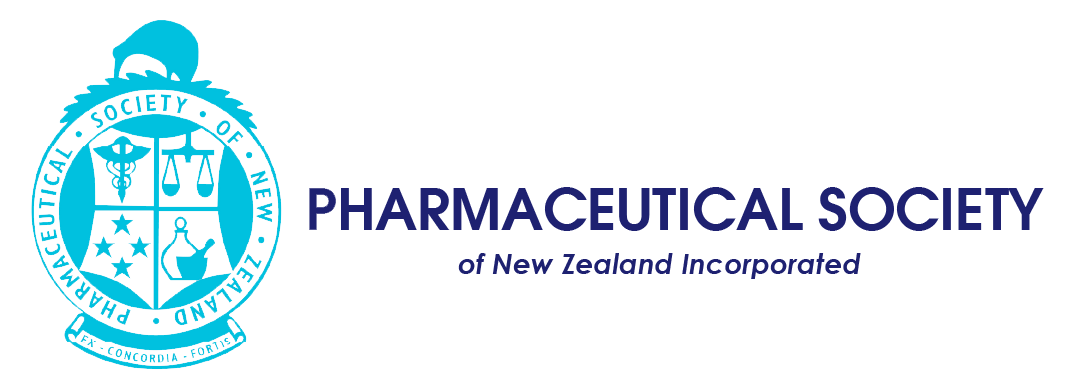Pharmacy placed well to help hit new targets
The Government has announced new health targets and the profession, if properly resourced, can help achieve them, says outgoing PSNZ president Rhiannon Braund.
On 8 March, the new five key health targets were announced.
There are two particular targets that PSNZ has identified where pharmacy could help make real gains:
- Improved immunisation for children - 95 per cent of children to be fully immunised at 24 months of age.
- Shorter stays in emergency departments - 95 per cent of patients to be admitted, discharged or transferred from an ED within six hours.
“Working collaboratively across the system, pharmacists and their teams are well placed to help Te Whatu Ora improve immunisation rates and deliver shorter stays in emergency department (EDs).”
The Pharmaceutical Society is already working closely with PHARMAC and Health New Zealand Te Whatu Ora to enable pharmacists to give certain childhood vaccines, said Rhiannon.
“If this service progresses, it will enable community pharmacists to vaccinate children and, if required, refer them to their local general practice for potential enrolment and support from their Well Child provider.”
Regarding the shorter stays in ED target, as demonstrated in other countries, a pharmacy-led minor health condition management service can reduce pressures across the whole system.
"The Society supports the minor ailments evaluation work being conducted by Health New Zealand Te Whatu Ora and anticipate the outcome will result in a service that allows pharmacists to assist with helping to meet the new health targets by improving timely access to appropriate primary care.”
Within the hospital setting, several Health New Zealand Te Whatu Ora hospitals have pharmacists and pharmacy technicians working as part of collaborative teams in their emergency departments, as well as at ward level.
“If resourced appropriately, these teams can provide advice around specific treatments, the administration of critical medicines and facilitating medication histories. These all help smooth admissions from the emergency department and ongoing hospital ward-level care.
“The teams can also be actively involved with assisting the facilitation of discharges from both the emergency departments and inpatient wards back into the community.
“To achieve these targets the Society believes building a robust health workforce, including pharmacists and their teams across all parts of the health system, is required to deliver the desired outcomes.
“There are significant opportunities for the pharmacy profession to help the health sector with meeting these targets. We look forward to assisting the key parts of the system to achieve positive outcomes for all New Zealanders."

